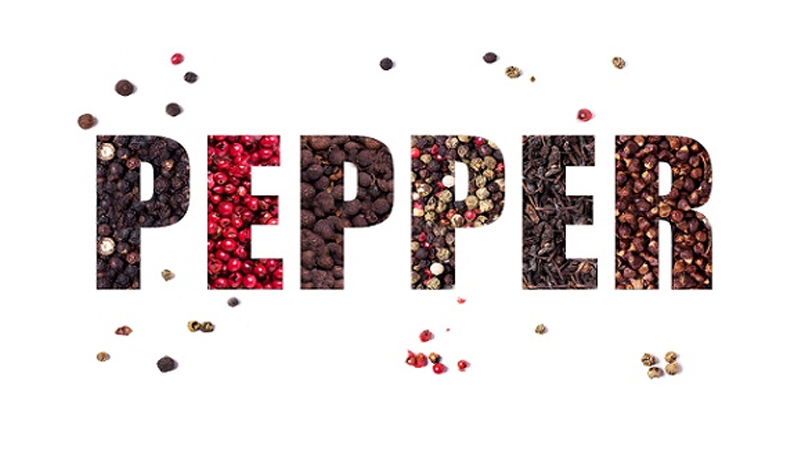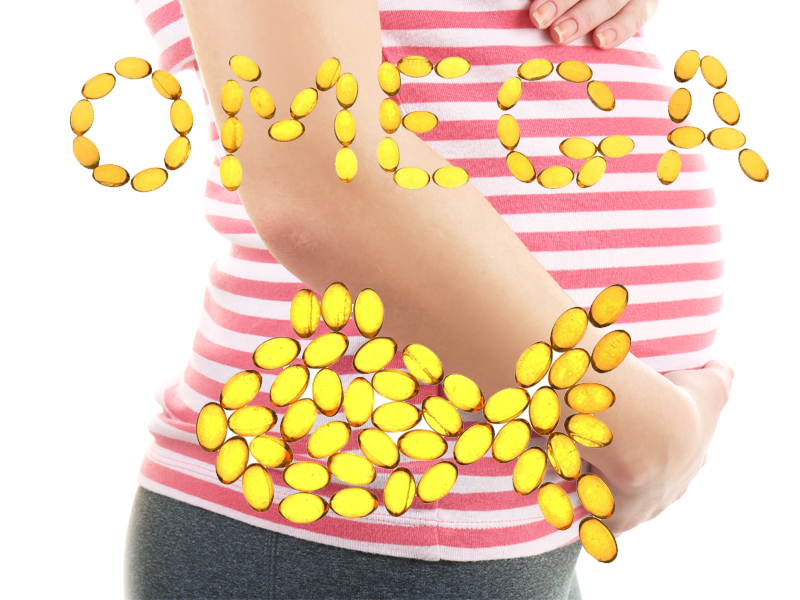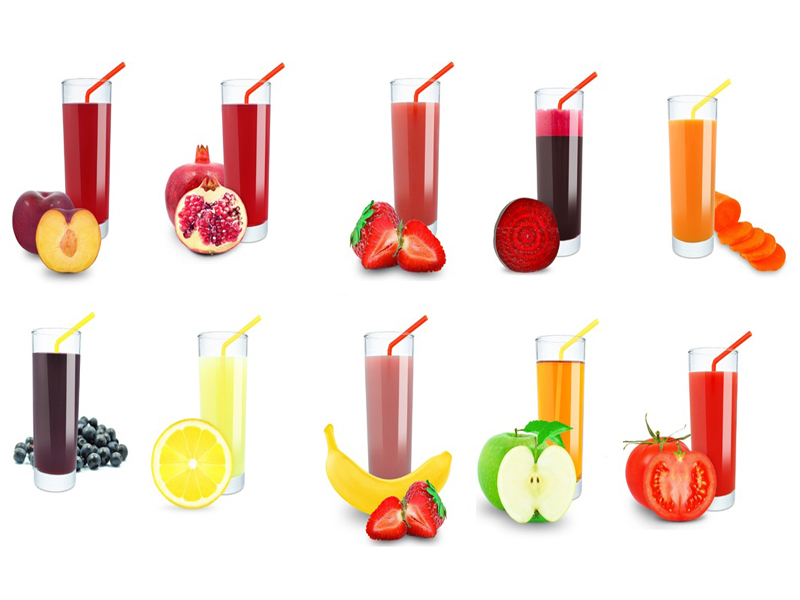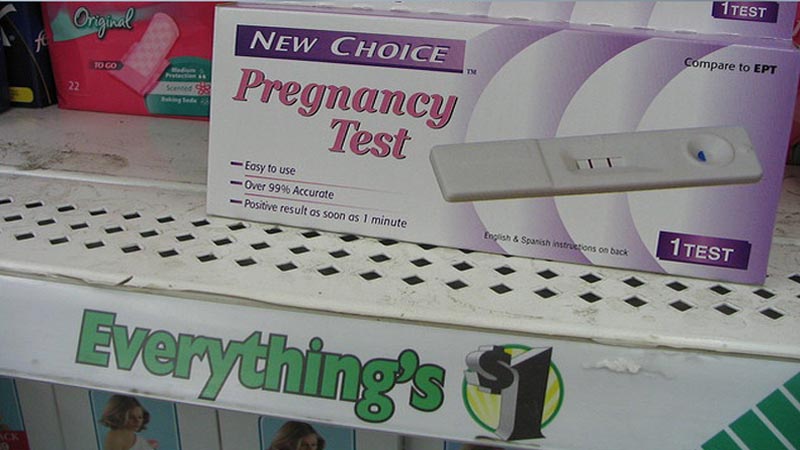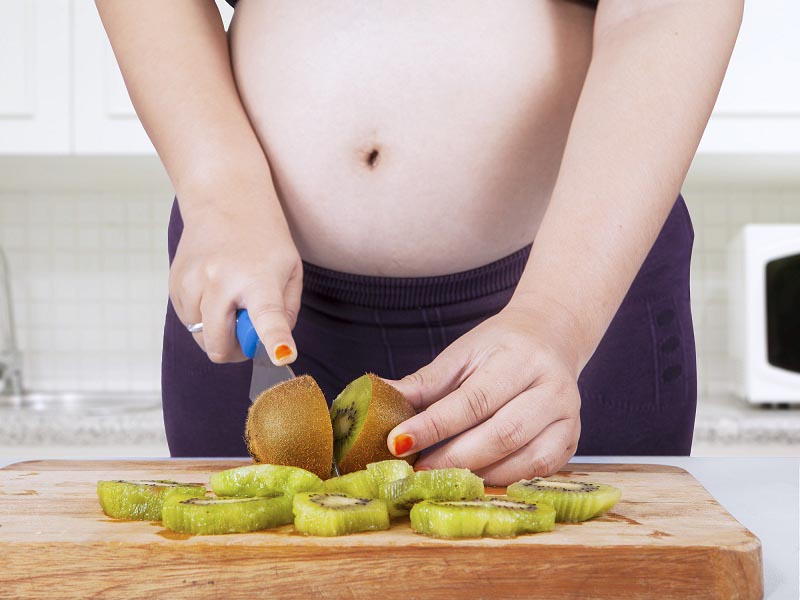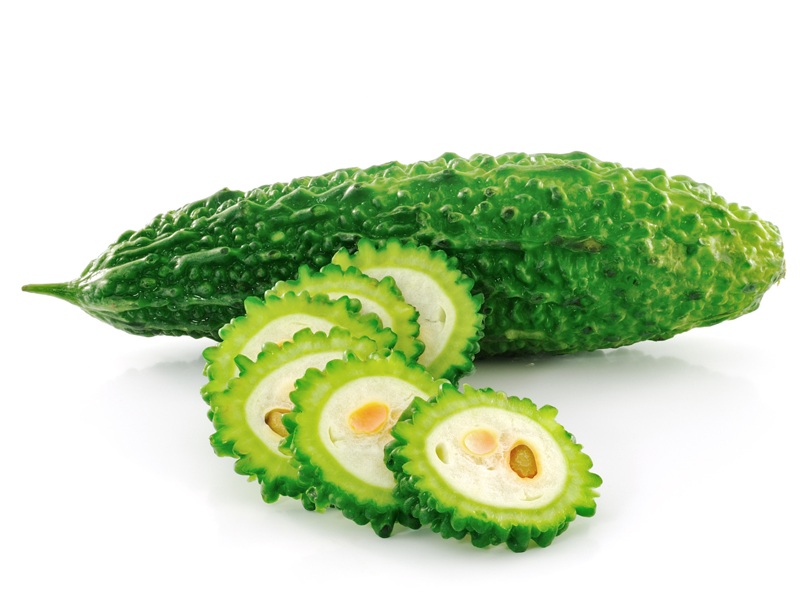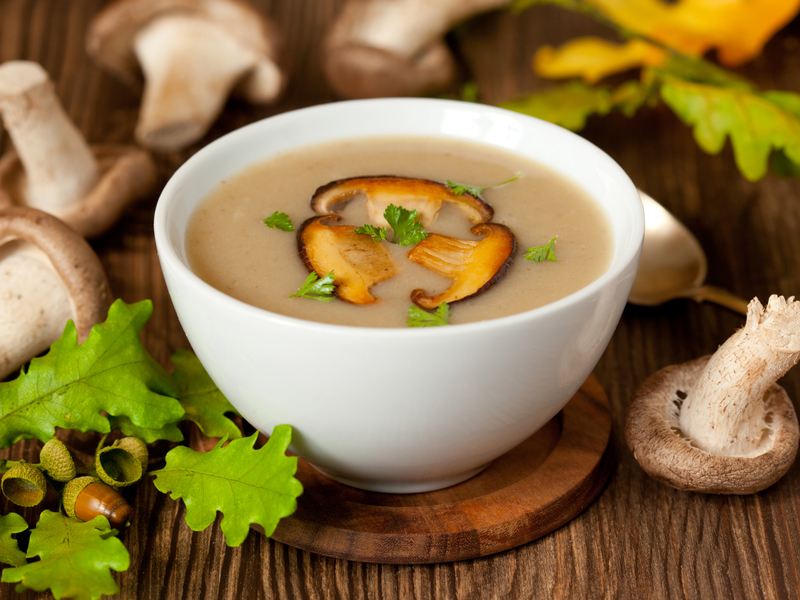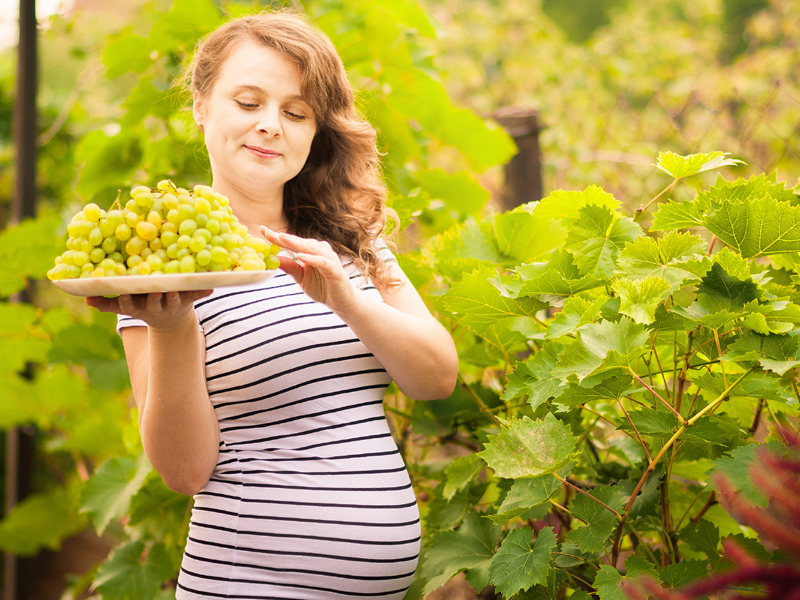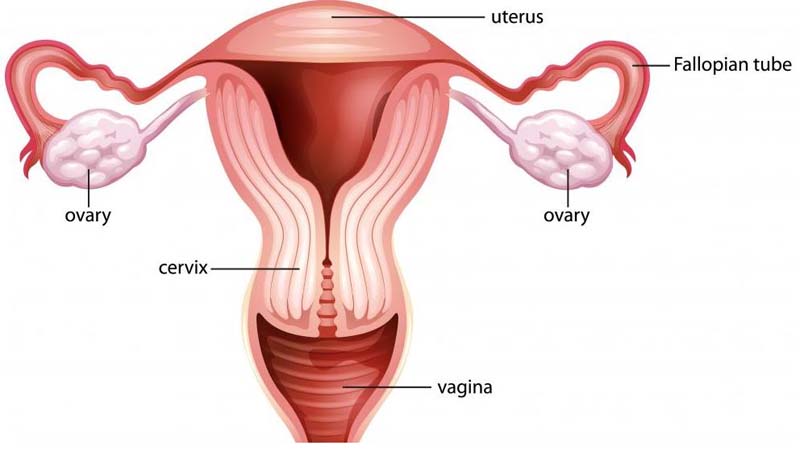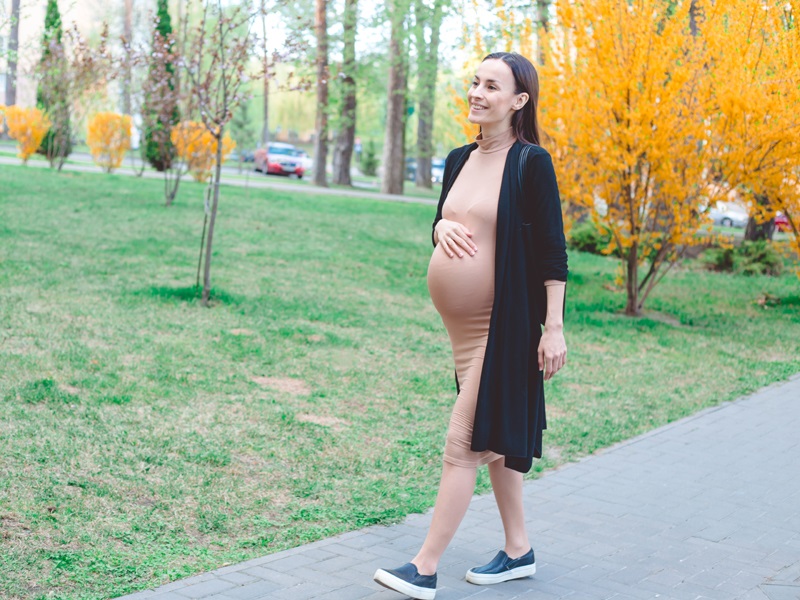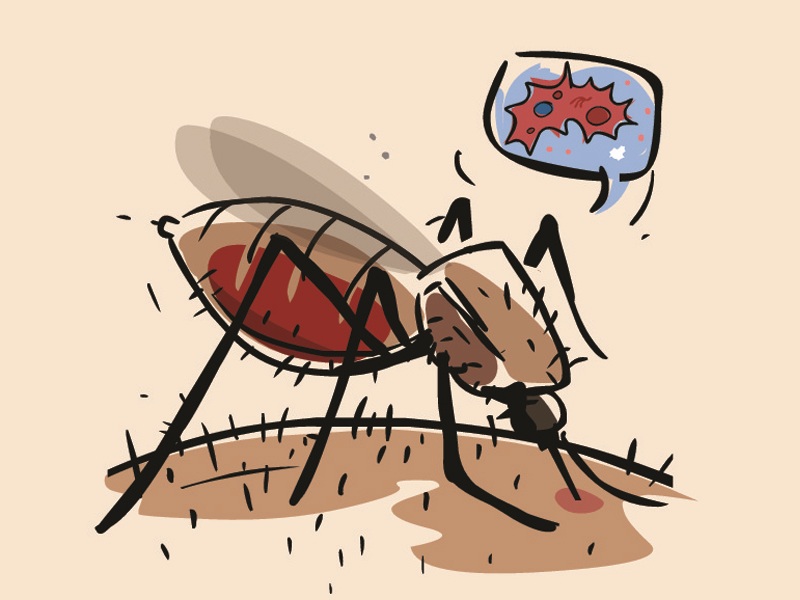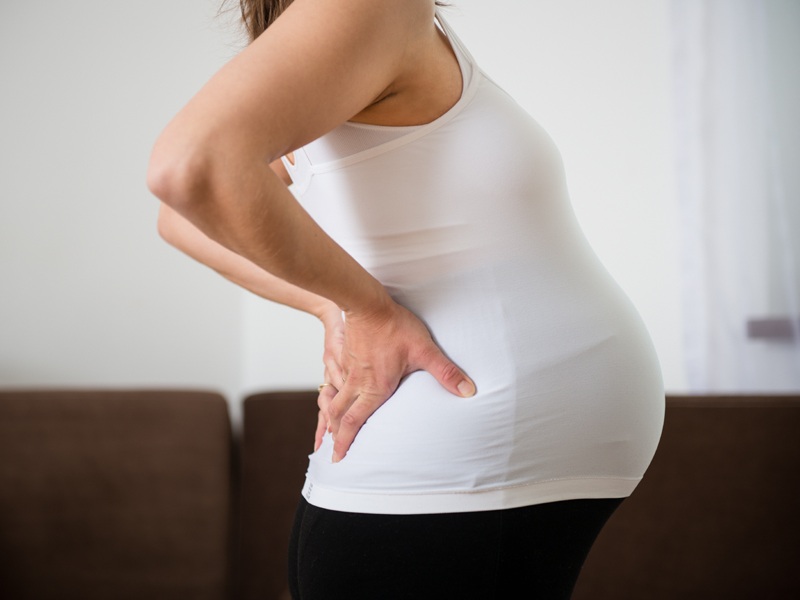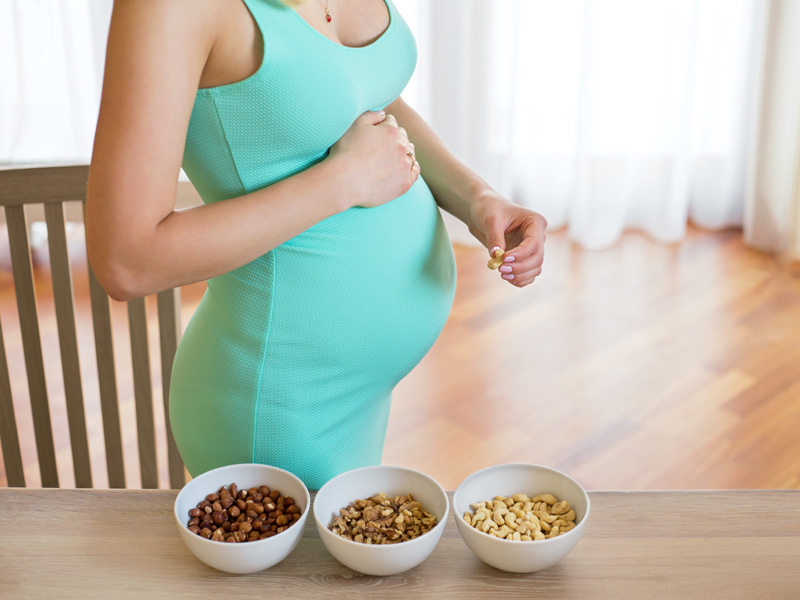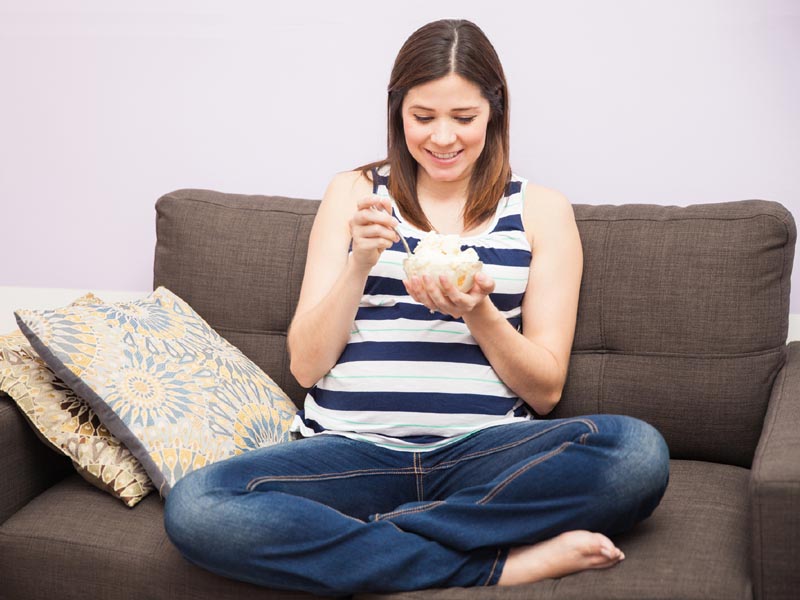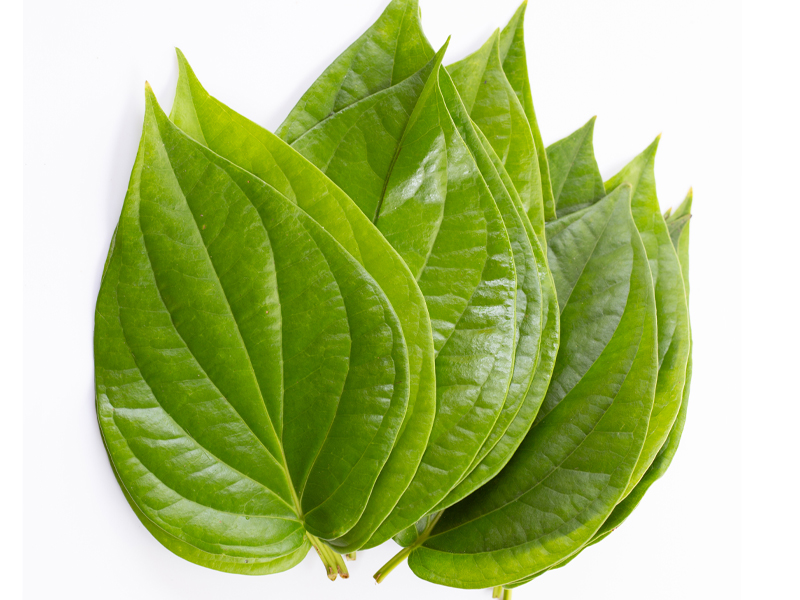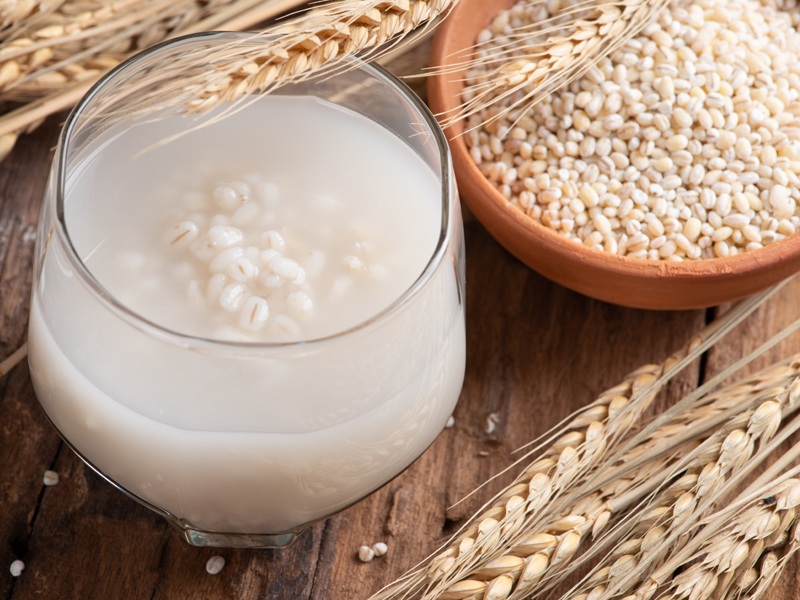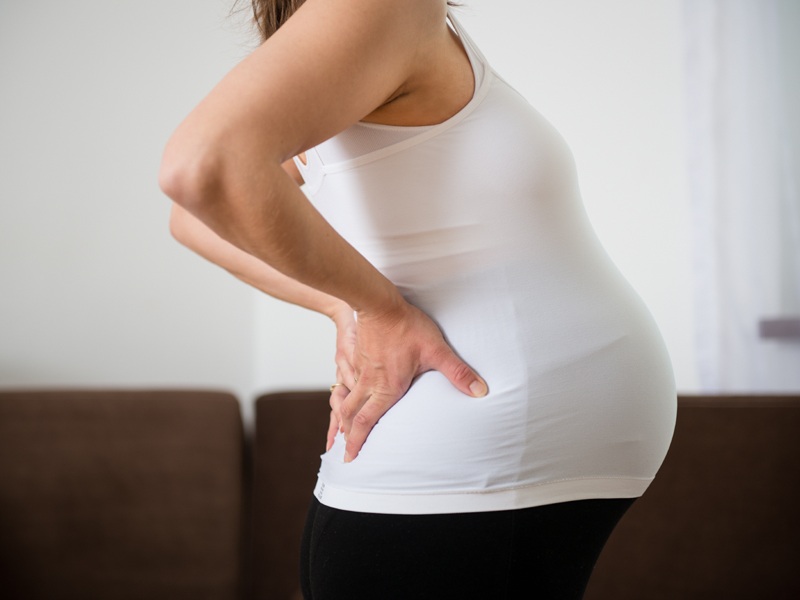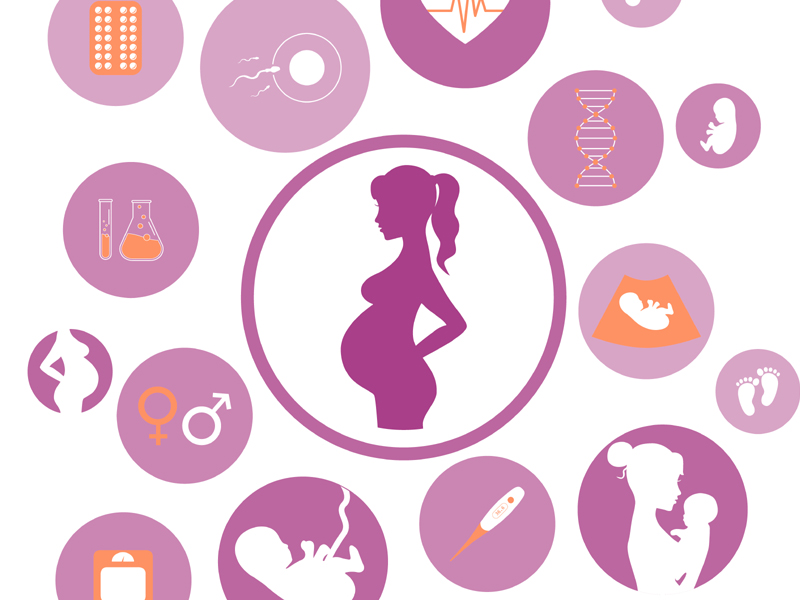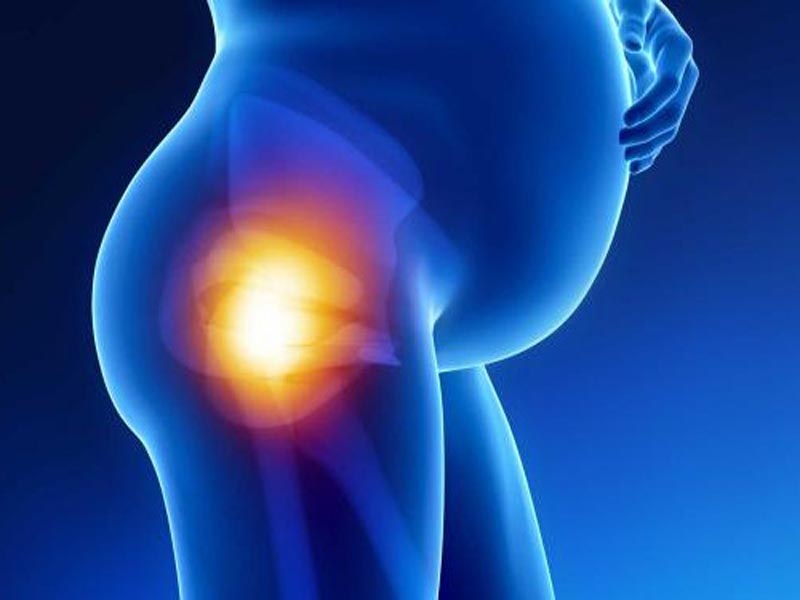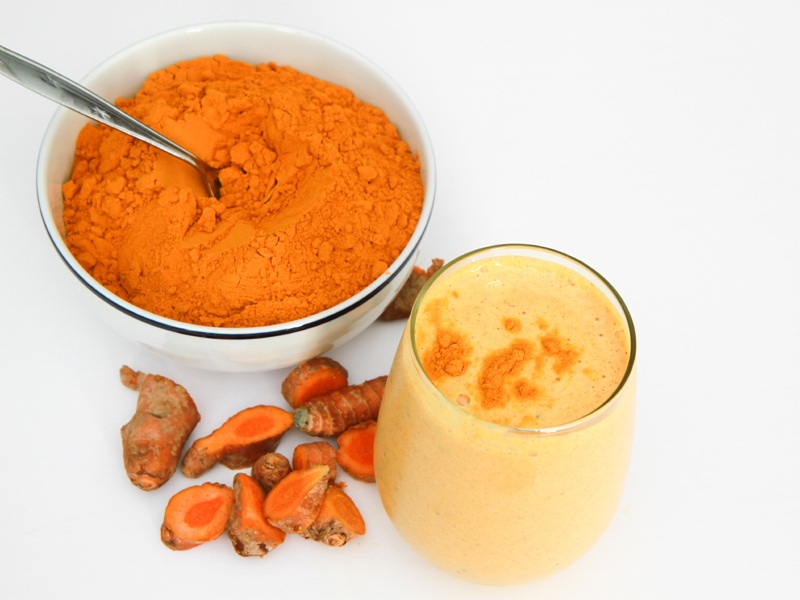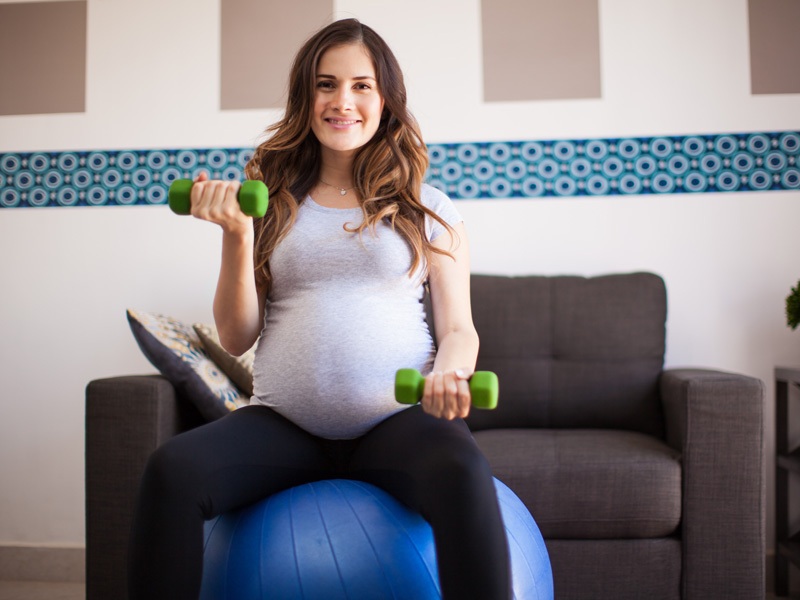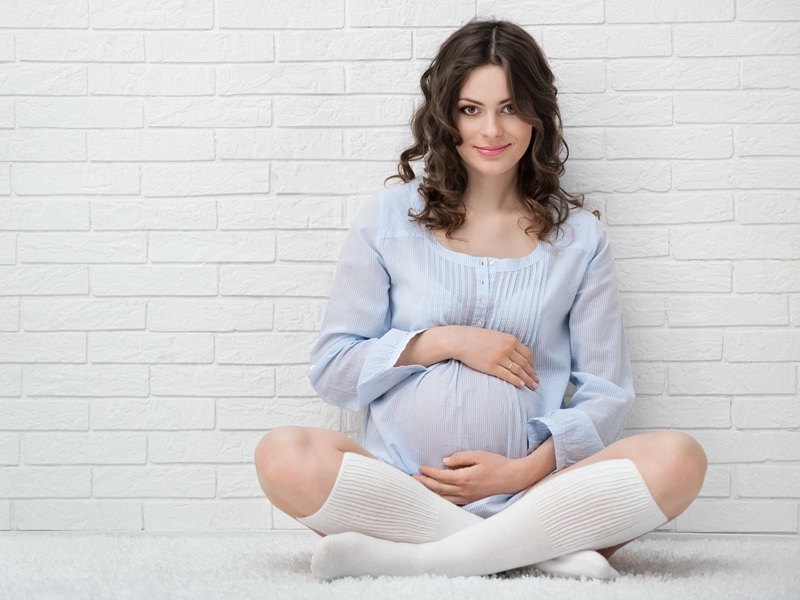If you are searching online for an article like this one, chances are you are most likely at the last stages of your pregnancy, and your baby is on the way. If contractions have begun, you must know that the pains aren’t all the same. Delivering a baby can be as tedious as it gets, and the pain is worth the trouble after seeing your little one’s face.
Not all contractions signal your child’s advent in the world. Understanding how contractions work should help you prepare yourself better.
What is Contraction During Pregnancy, and what does it Feel like?
Wondering what do contractions feel like? To put it simply, it is much like an abdominal cramp. However, this cramp session worsens with time, so you will feel your uterus tightening. That is the strongest contraction you will feel. This helps you push the baby into the “ready” position and then finally prepping you to push it out of you. You will now feel the muscles around the uterus hard.
Contraction, therefore, is this abdominal cramp. It is your body’s way of preparing you for the delivery. It is typically very hard to predict when they happen, and something in the body will trigger the pituitary gland to release oxytocin, which will stimulate uterus tightening.
See More: Morning Sickness During Pregnancy
What Causes Contractions?
No single root reason is the main cause behind triggering a contraction. Instead, it is caused by a series of other chemical reactions in your body.
As close as you get to your big day, your body decides to take a leap and let you know. What seems like one of the most awaited moments in pregnancy is a combination of two chemicals, namely Oxycontin and prostaglandin. The show begins soon after these two get to work.
Contractions Symptoms During Pregnancy:
Technically speaking, contractions are pains that occur at regular intervals due to uterine muscle contraction. Initially, it might be easy to miss being light and not so frequent, much like a mild ache during menstruation. However, eventually, it starts from the lower back and gets harsher towards your thighs. That’s when you know a contraction has hit you.
Types Of Contractions During Pregnancy:
You should know that no matter how similar they may seem from the outside, you should know that contractions aren’t all the same. To understand the symptoms of contraction, it is important to understand the 2 main types of contractions. One of them happens to be the actual contraction needing attention, while the others are manifestations of some kind.
The three main contractions, which you will likely cross paths with, are:
1. Practice Contraction:
These contractions can appear anytime and aren’t full-term contractions. Again, defining it in medical terms, these are termed Braxton Hicks Contractions. They aren’t common among all women and might not happen in your pregnancy.
2. False Contraction:
These are when your cervix is getting ready for delivery. They occur before contractions and can be stopped by changing your body’s position. They are almost always intermittent and don’t lead to dilation. False contractions may be way ahead of your actual contraction or just prior, depending on your pregnancy.
See More: Baby Position During Pregnancy
3. Actual Contraction:
These contractions are persistent and as intense as it gets. To recognize these contractions, try changing your position. If the pain doesn’t cease, and its frequency only increases along with the intensity, you know your water is about to break, and it is a signal for you to reach out to people who will help you once you go into labor. Their signature cramps and upset stomach can identify these contractions with lower back and abdomen pain.
4. Labor Contraction:
This is the periodic tightening and relaxing of the uterine muscle of the body. The uterine muscle is the largest muscle in the woman’s body and has a significant role during childbirth. Watch out for the menstrual cramp-like feeling. This may worsen with time, leaving you in extreme pain. It is an intense version of the menstrual cramp.
5. Preterm Contraction:
Preterm contraction is the regular contraction in the uterus. It happens because of the changes in the cervix, which usually start before 37 weeks of pregnancy. What happens during this phase is that your cervix generally thins out and it dilates. This means the cervix will open, allowing the fetus to enter the birth canal. You will feel a watery fluid leaking from your vagina. This could be an indication that your water has broken.
6. Braxton Hicks Contraction:
This is usually a term used to indicate the feeling of tightening of the abdomen that will often visit you and leave. However, they are mild and do not increase if you walk around or increase in duration. 35-week pregnancy contractions usually witness the Braxton hicks’ contraction. If you feel this, take this as an indication that your body is preparing you for labor.
See More: Dollar Store Pregnancy Test
What To Do After Actual Contraction and Water Rupture?
There isn’t much to do except wait it out at the hospital and wait for your contractions to continue or cease as it may and for the dilation to begin. Once that happens, begin the countdown for your baby to enter the world.
At any point, if your abdominal pain increases, make sure to consult a doctor. A healthy diet and a daily adequate walk will ensure a memorable pregnancy. Stay positive and be alert. Watch out for what your body is trying to convey to you. When you are this near to giving birth, keep your dress and bag for the hospital ready and wait for the moment to arrive. All the best!






































